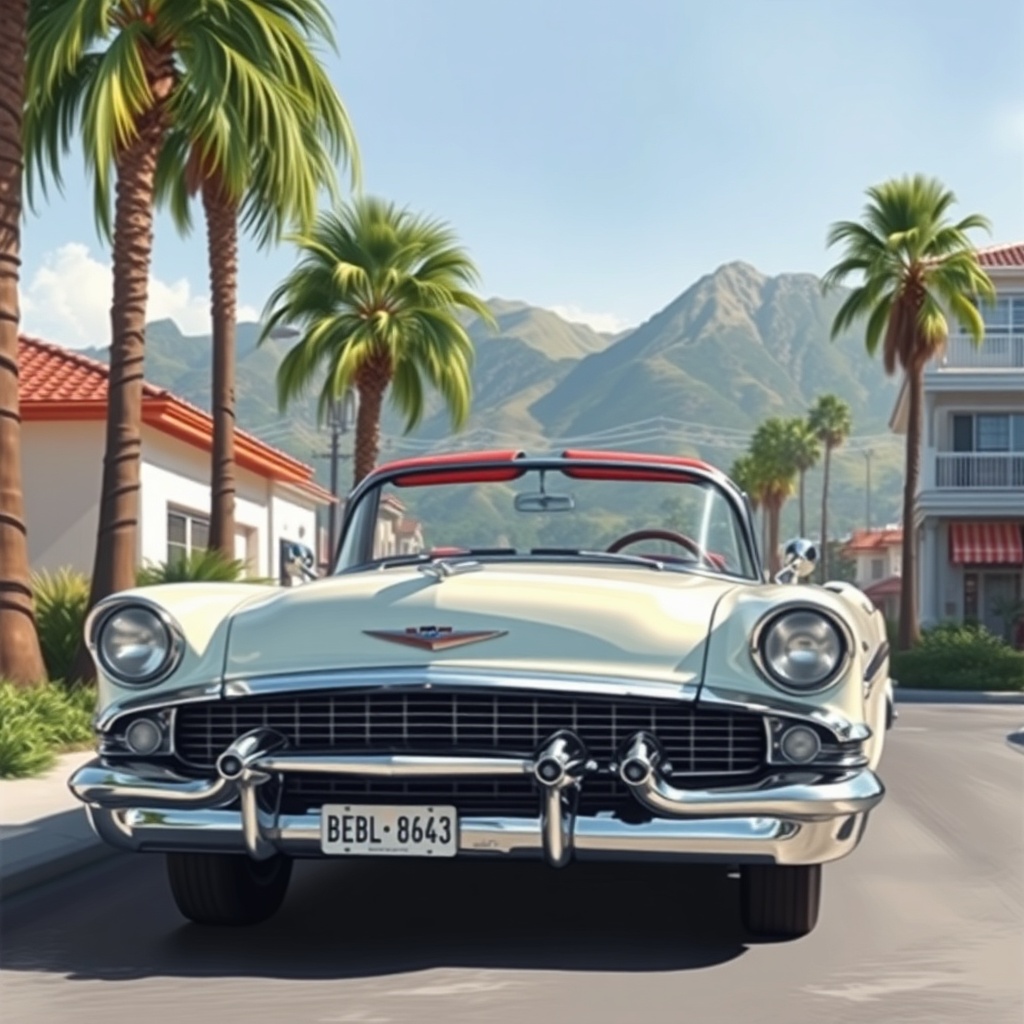Bel Air, set in the foothills of the Santa Monica Mountains, stands as one of the most recognizable residential neighborhoods for those seeking privacy, sweeping views, and architectural prestige.
Known for winding, palm-lined streets and large, secluded lots, the area blends lush canyon green space with easy access to major Westside hubs.
What to see and do
Bel Air is primarily residential, so public attractions are understated but rewarding. Franklin Canyon Park offers scenic walking trails, a small lake, and picnic spots that feel forested and quiet compared with nearby urban cores. Scenic drives along the neighborhood streets and nearby Mulholland Drive deliver iconic views of the city and the coastline on clear days. For cultural stops, world-class museums and university life are a short drive away, while upscale shopping and dining cluster in neighboring districts.
Architecture and atmosphere
Homes in Bel Air span historic Mediterranean and Spanish Colonial Revival estates to sleek contemporary and mid-century modern residences. Many properties sit behind gates and mature landscaping, giving the neighborhood a cinematic sense of seclusion. Gated enclaves such as Bel-Air Crest and Stone Canyon offer additional levels of privacy and community amenities, appealing to buyers who prioritize security and concierge-style services.
Real estate and lifestyle
Bel Air’s real estate reputation is built on scarcity and long-term desirability. Large parcels, generous setbacks, and zoning that favors single-family homes create a low-density, park-like environment. Buyers typically look for properties that offer both indoor luxury and outdoor privacy: gardens, pools, views, and guest houses are common. Working with a broker who knows the nuances of private streets, homeowners’ associations, and discreet negotiations is essential for anyone exploring the market here.
Practical tips for visitors and new residents
– Respect private property: most of the neighborhood is residential and gated; curbside viewing is fine, but avoid trespassing.
– Use public green spaces: Franklin Canyon is the best option for hiking and nature photography.
– Expect traffic on major arteries during peak times; allow extra travel time and prefer side streets for a more scenic drive.

– Explore neighboring areas for dining and nightlife; Bel Air itself has few public eateries, while nearby Westwood, Brentwood, and Beverly Hills offer diverse restaurant options.
– For homebuyers: verify road maintenance responsibilities and access agreements—some streets are private and managed by resident associations.
Culture and pop references
Bel Air holds a strong place in popular culture as a shorthand for glamour and luxury. That cultural image feeds tourism and curiosity, even if the neighborhood itself remains intentionally low-profile.
Residents tend to value discretion, which contributes to the peaceful, residential character.
Why Bel Air endures
The appeal of Bel Air rests on its combination of natural beauty, privacy, and proximity to city amenities. Mature landscaping and the canyon topography create a sense of retreat that’s rare so close to major urban centers, while nearby institutions and cultural destinations keep life convenient.
Whether considering a visit, a hike in the canyon, or serious property research, Bel Air rewards those who come with respect for its quiet elegance and appreciation for refined, private living.